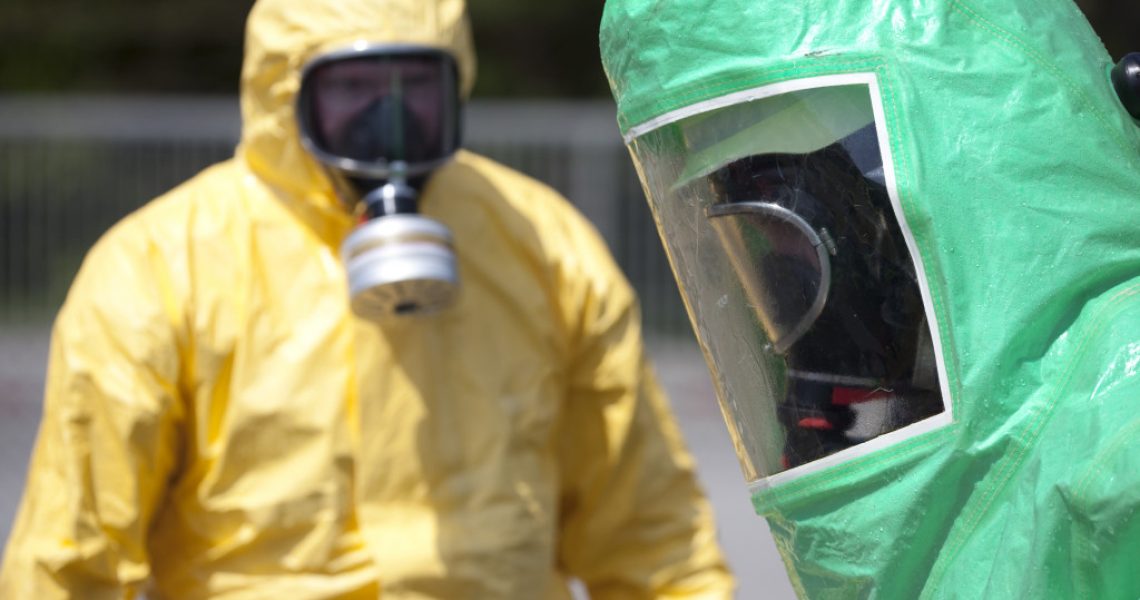Over a year into the pandemic, there are still so many mysteries surrounding COVID-19.
For several months now, scientists have been hard at work studying the virus that was first detected in Wuhan, China, in the latter half of 2019. Yet, so many questions persist. There is, for example, the ongoing question of whether people who have already been vaccinated will require an annual booster to increase protection against the highly contagious virus and its variants. Although effective treatments exist that reduce symptoms of the virus, there is still no cure available for COVID-19.
Moreover, there is still a lot unknown about the emerging condition that has been dubbed “long-haul COVID-19.
What Is It?
By now, plenty of data has been collected from the millions of people who caught the virus around the world. We now know that infection presents symptoms such as fever of about 37.8 degrees Celsius or higher, dry cough, sore throat, loss of taste and smell, and fatigue. More serious cases include chest pains and difficulty breathing. Some people also notice skin rashes and swollen toes, while others may have diarrhea and a runny or congested nose.
We also know that symptoms may develop, on average, around five days after exposure, but people may start becoming sick as early as two days or as late as 14 days after exposure. Most people will only have mild symptoms, and they do not need hospitalization. They will recover at home after around three to six weeks—even those who require hospital admission recover after two weeks to two months.
However, some do not recover several months or a year after they initially tested positive with the disease. They continue to experience symptoms much longer than usual, affecting their ability to work and enjoy life. And, scientists are finding now that it is much more common than initially thought.
Nearly half of all people hospitalized for COVID-19 become long-haulers, revealing the most extensive study on the condition yet. The most frequent lingering complaint among patients is fatigue and muscle weakness. One-third of patients, however, still experience shortness of breath. The study also confirms that it takes more than a year before people fully-recovers from long-haul COVID-19.
The Potential Connection to Antibodies

Scientists found that, while reinfections happen, they are quite rare. Most people who have previously caught the virus will likely not be ill again or will have mild symptoms when they become infected the second time around. COVID-19 antibodies can last at least eight months, according to experts. How long it persists, no one knows yet, but scientists suggest that it might never fade forever. You may make antibodies to protect you from COVID-19 for a lifetime.
However, this protection might be causing long-haul COVID-19. Researchers found in a new study that an antibody shows up weeks after infection, and it might be attacking the body itself instead of the virus.
The effect is similar to when people develop strep throat. The infection leads to the development of antibodies to the bacteria that cause the illness. These antibodies may end up attacking parts of the heart.
More studies need to be done to understand the connection between antibodies and long-haul COVID-19. Even more research will be required to determine a cure that will address the chronic health condition.
Some previous studies suggested that vaccination may reduce the possibility of a person developing long-haul COVID-19.
A separate study also found that long-haul COVID-19 is less common among children and teens. While some experience persistent symptoms such as tiredness, need for more sleep, and problems concentrating, only a small percentage of those who tested positive will continue to suffer from symptoms months later.
More Symptoms Can Lead to Longer Illness
Another study also found that people who have had more symptoms during the initial infection are more likely to experience longer lingering symptoms. Researchers reviewed data from the Living Systematic Review database and found that patients who had five or more symptoms in the first week of infection are more at risk of developing long-haul COVID-19.
The most common symptoms identified were shortness of breath, chest pain, muscle and joint pain, altered smell and taste, headache, cough, diarrhea, and fatigue. Other symptoms mentioned include sleep disorder, memory loss, cognitive dysfunction, and anxiety.
Scientists continue to figure out COVID-19 and its lasting impacts on the health of those who were infected. More is being revealed about the mysteries of long-haul COVID-19, and more needs to be done to find out why it happens and how to treat those who continue to suffer symptoms.

